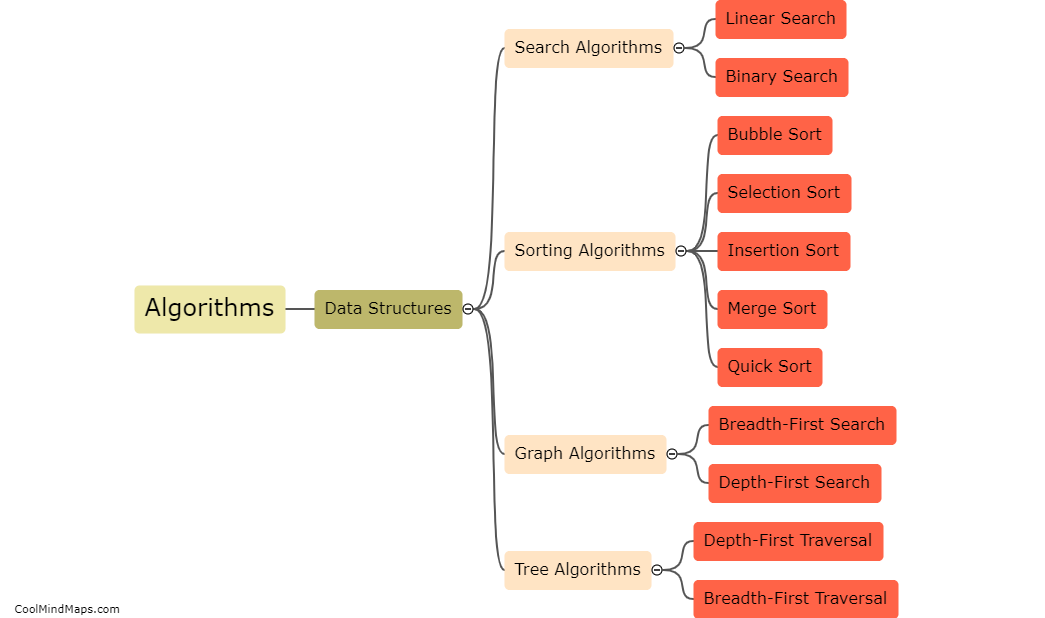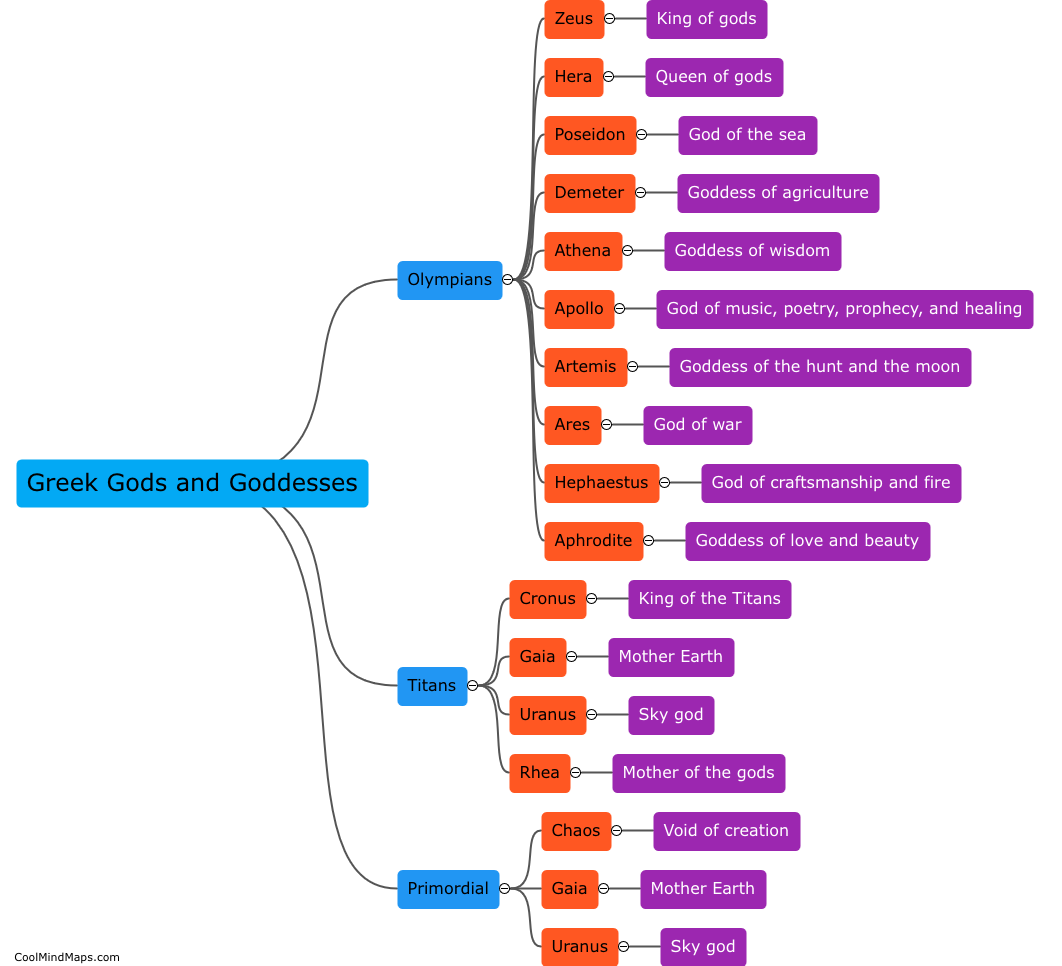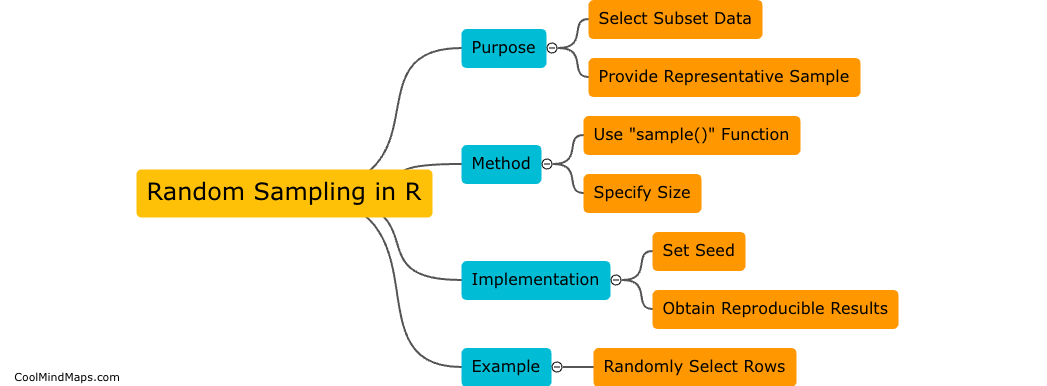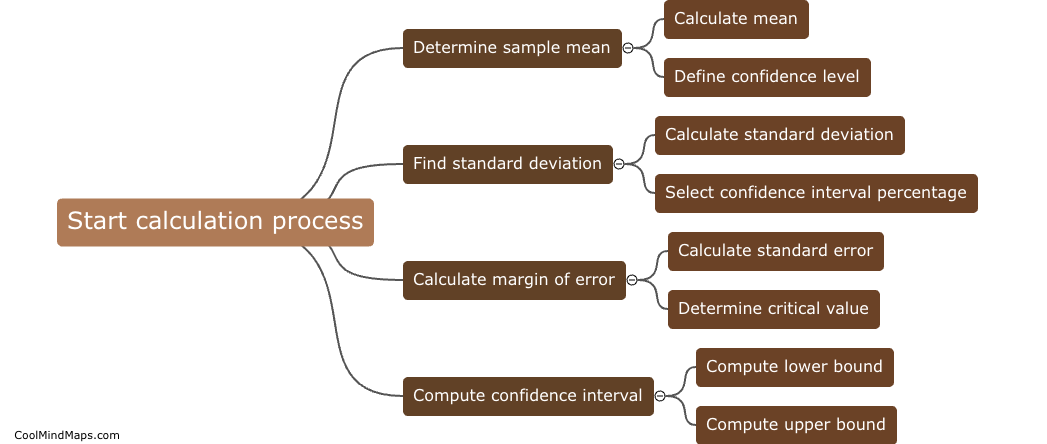How to generate random samples in R?
In R, random samples can be generated using the `sample()` function. This function allows users to select a specified number of elements from a data set at random, with or without replacement. By specifying the `size` parameter, users can control the number of samples to be generated. Additionally, users can set the `replace` parameter to determine whether sampling should be done with replacement. Random samples can provide valuable insights and help in various statistical analyses in R.

This mind map was published on 15 May 2024 and has been viewed 93 times.











